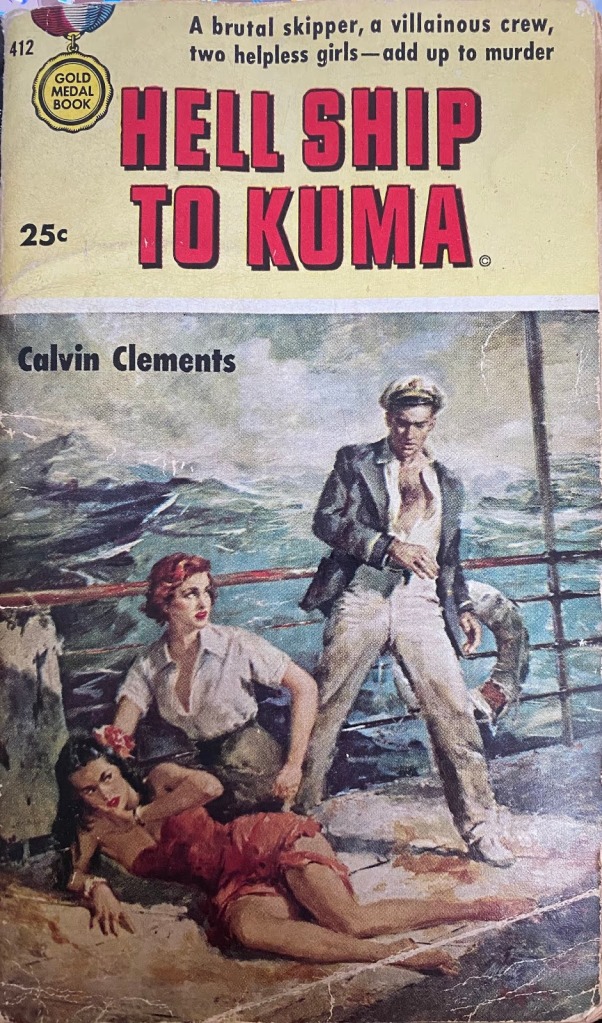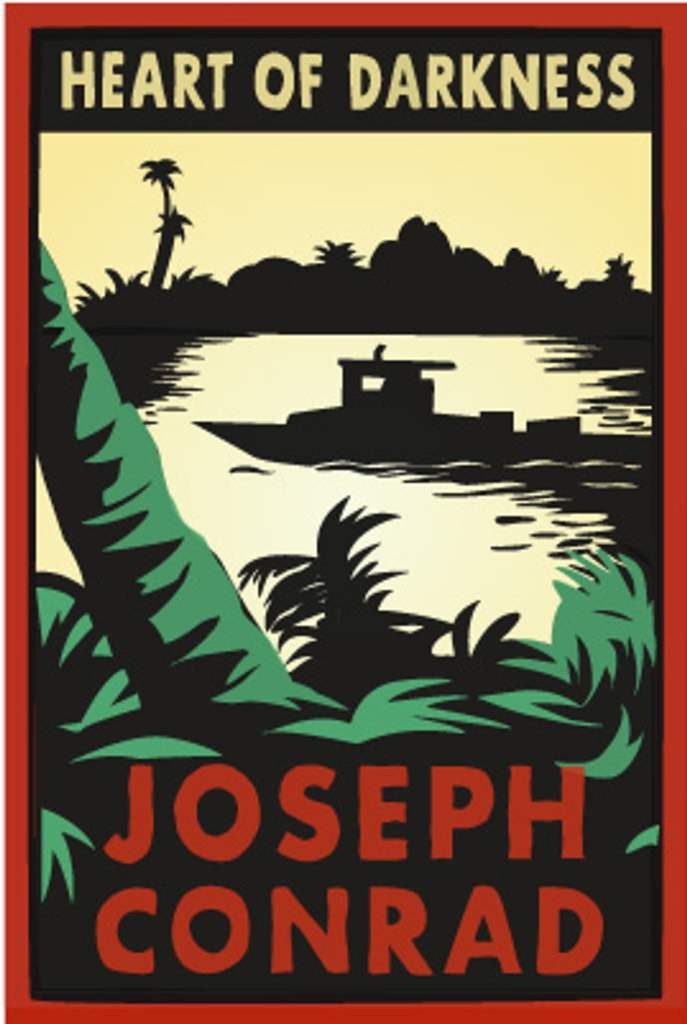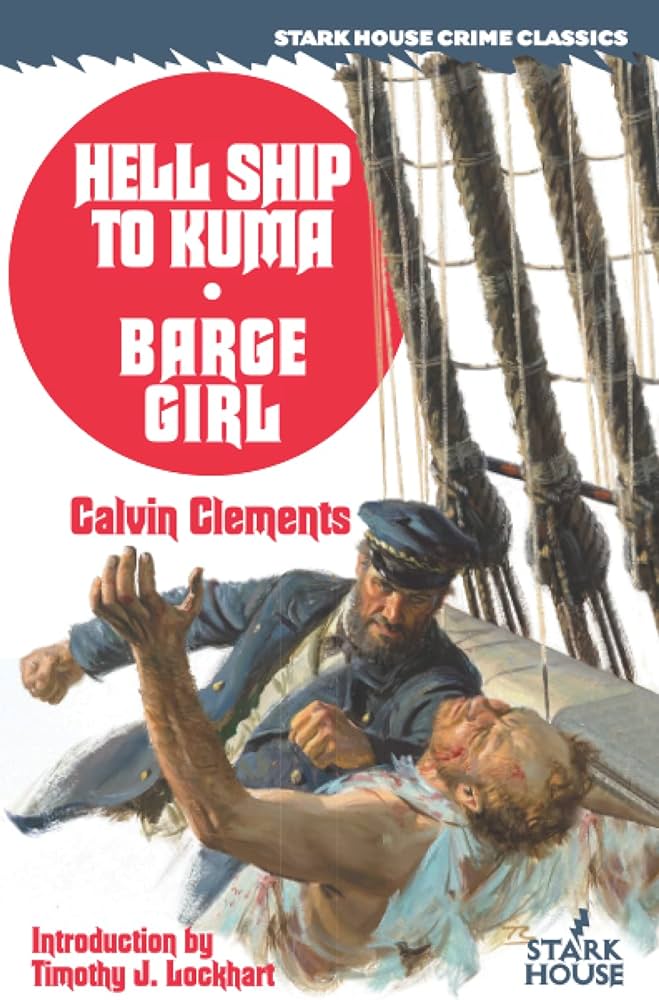Spine # 412

“In his room Roper lay awake for a long while, staring at the pale reflection of the sea wavering across the overhead. A shame, he thought. A damn shame. A beautiful and intelligent girl. But give her a year or two and there would be nothing left but a cynical hardness.
He fell asleep thinking of her.”
Calvin Clements, Hell Ship to Kuma
John Roper is a disgraced former ship captain who is down and out in Saigon Port. He doesn’t have much money as he can’t find a skipper job that lives up to the prestige he held before getting into a jam at a corporate shipping company.
Through a shady broker, he gets a gig on a hell ship called The Wanderer. This vessel is a floating heap of shit crewed by a dysfunctional band of rejects and captained by a psychopath named Murdoch.
The Wanderer sets sail to pick up some illicit cargo in Kuma held by a mysterious chieftain-like character named Da-Chong. The ship is also tasked with dropping off precious cargo, a gorgeous singer named Karen Gorman. While she naively thinks her role in Kuma will be centered around entertainment, Roper believes her body will likely become property of Da-Chong.
During the voyage, lustful sparks fly between Roper and Karen. But their romance is complicated by the belligerence of Captain Murdoch and Gorman’s inevitable fate once they reach Kuma.
Roper soon realizes that his roll aboard The Wanderer isn’t so different than Karen’s gig with Da-Chong. People will do all kinds of work for money. But they will risk it all to rescue their integrity from the deal.

Hell Ship to Kuma is a retelling of Joseph Conrad’s Heart of Darkness with a gritty, noirish facade. Instead of Africa, the setting is Southeast Asia. Instead of Kurtz, it’s Da-Chong. Marlow is Roper. Etc.
It’s heavy on atmosphere which is most effectively felt in the story’s exotic ports and locales. That is where the darkness lies. Which makes sense in the context of the publication year of 1954.
The end of the First Indochina War signified a watershed moment in 20th century decolonization. And when France lost her possessions in Southeast Asia, America’s cold war heated up considerably.
Hell Ship to Kuma’s setting would have been one of the sexiest settings of mid-century fiction. And when it’s framed around one of the greatest narrative structures of all time, you’ve got yourself a winner.
C.D. Baxter’s Quick Review of Hell Ship to Kuma
Story – Good
Cover Eye Candy – Museum Quality
Reprint Available by Stark House Press

